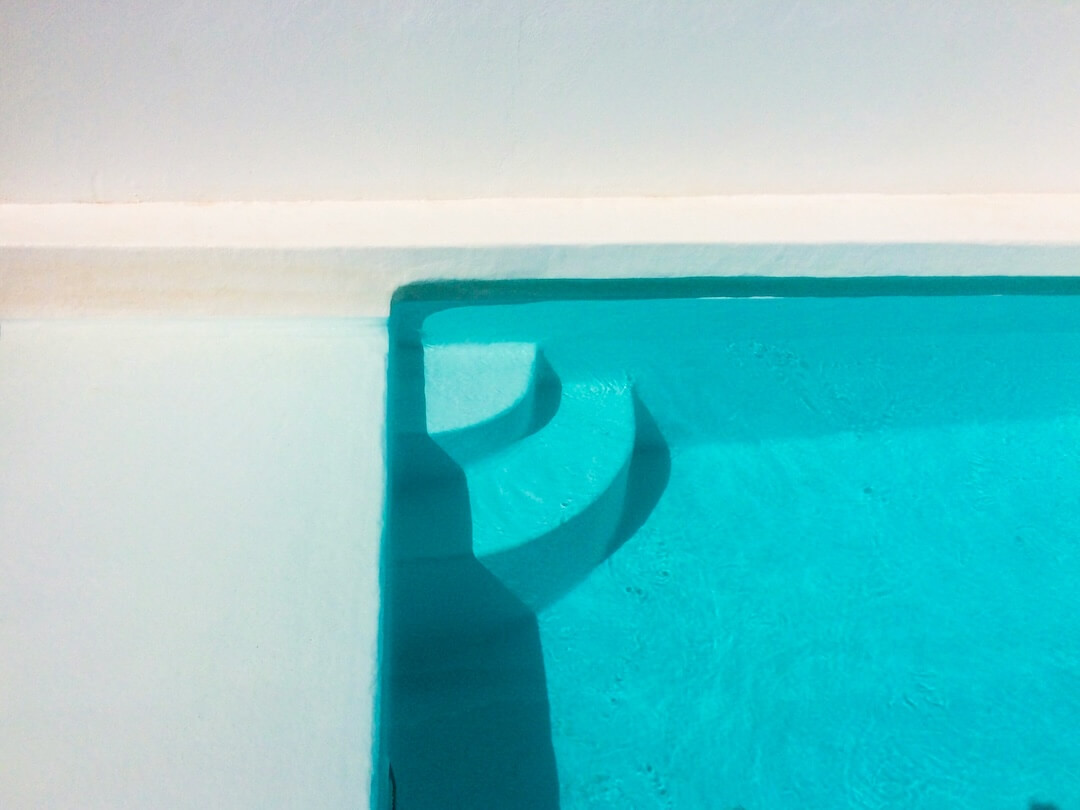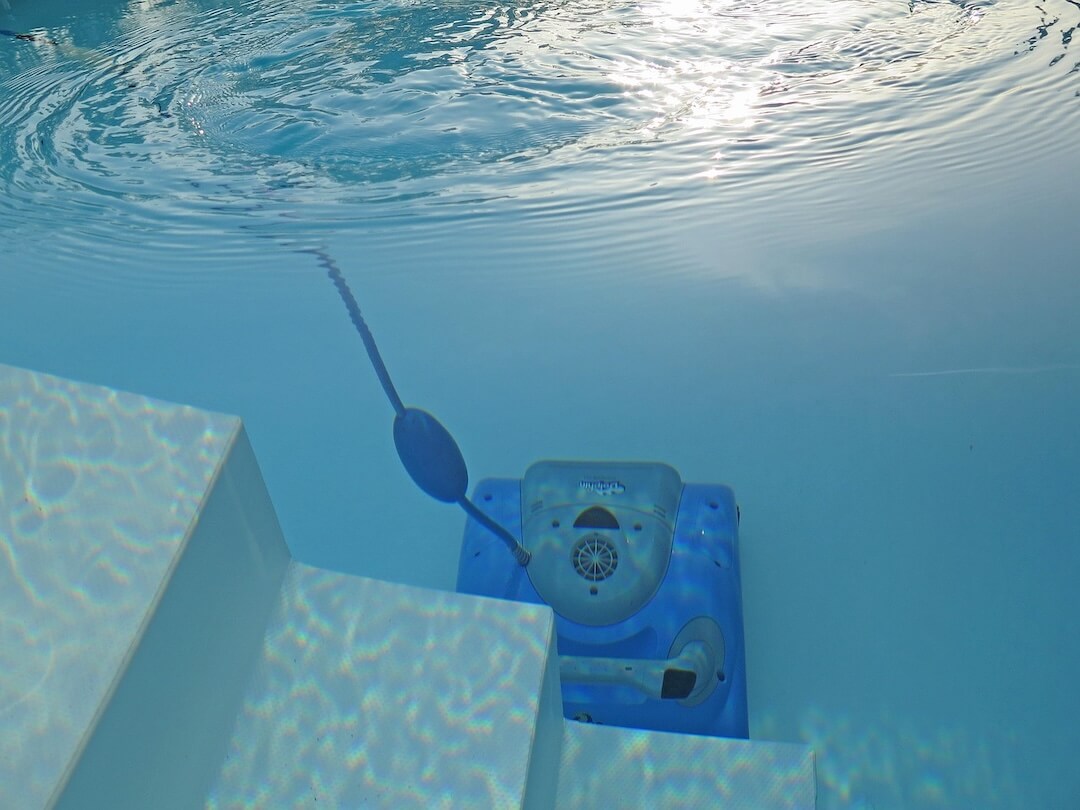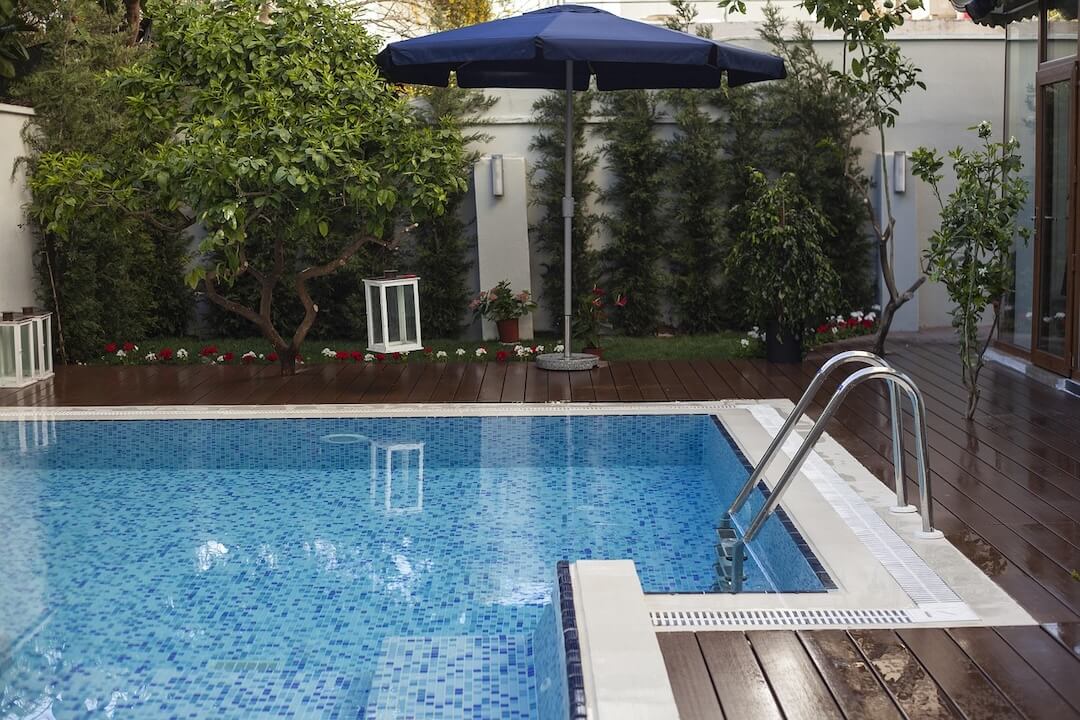How to Balance Pool pH Levels

How to Balance Pool pH Levels
Maintaining the correct pH level in your pool is one of the most important aspects of pool care. A properly balanced pH ensures your water is safe for swimmers, prevents damage to pool equipment, and keeps your water crystal clear. In Miami’s warm climate, where high temperatures can influence chemical levels, understanding how to balance your pool’s pH is crucial for optimal pool health. Our pool specialists are here to guide you through the process, sharing expert tips to keep your pool water in perfect condition.
Understanding the Importance of pH in Pool Water
The pH level measures the acidity or alkalinity of your pool water, ranging from 0 to 14. A pH of 7 is considered neutral, while levels below 7 are acidic and above 7 are alkaline. The ideal pH for pool water is between 7.2 and 7.6. When the pH is within this range, several benefits occur: water remains comfortable for swimmers, chemicals work effectively, and surface equipment like liners and tiles are protected from corrosion or scaling.
In Miami, where temperatures can soar, the pH can fluctuate more rapidly, making regular testing and adjustment essential. If the pH is too low, the water becomes acidic, which can cause skin and eye irritation and damage to pool surfaces. Conversely, high pH levels lead to cloudy water, scale buildup, and reduced effectiveness of sanitizers such as chlorine. Maintaining proper pH levels is a simple yet vital aspect of overall pool care.
How to Test Your Pool’s pH Levels
Before adjusting the pH, it’s necessary to know its current level. Testing your pool water is straightforward with the right tools. The most common method is using test strips or liquid test kits, which can provide quick and reliable readings. Test strips are dipped into the water, then compared to a color chart to determine the pH level. Liquid test kits involve adding reagents to a sample of water and observing a color change.
For more precise results, especially if your pool’s pH fluctuates frequently, digital testing meters are available. These devices provide quick, accurate readings and are a worthwhile investment for pool owners who want to ensure the highest water quality. We recommend testing your pool water at least twice a week, especially during the hot Miami summer months, when chemical levels tend to change more rapidly.
Adjusting the pH Level in Your Pool
Once you know your pool’s pH level, adjusting it becomes straightforward. If the pH is below 7.2, you need to raise it. The most common method is by adding a pH increaser, typically sodium carbonate (soda ash). Carefully follow the manufacturer’s instructions for dosing based on your pool’s size and current pH reading. Always add chemicals gradually and distribute them evenly across the pool’s surface, preferably when the pump is running.
If your pH is above 7.6, it’s necessary to lower it. The typical chemical used is pH minus (muriatic acid or sodium bisulfate). Similar to raising pH, add the chemical slowly to avoid sudden changes that can stress your pool equipment or swimmers. Always wear protective gear when handling acids, and add chemicals at night or during low-use hours to ensure safety and allow proper circulation for even distribution.
In Miami’s climate, it’s beneficial to check and adjust pH more frequently during peak swimming season. Small, consistent adjustments are more effective and safer for your pool equipment and swimmers. Our experts can assist you with precise chemical application techniques to ensure your water remains balanced and safe.
Maintaining Optimal pH Levels Over Time
Achieving the right pH balance is only part of the process; maintaining it requires ongoing attention. Regular testing, at least twice a week, helps detect changes early. In Miami’s hot weather, evaporation and chemical consumption can cause pH to drift quickly, so proactive adjustments are essential. Keep a log of your test results and chemical additions to track trends and anticipate needs.
Installing automatic pH controllers is an excellent way to maintain consistent water chemistry. These devices monitor pH levels continuously and dispense chemicals as needed, reducing manual labor and ensuring stable water quality. If you prefer to manage the process manually, scheduling routine testing and chemical additions is key. Our pool specialists recommend balancing chemicals during the evening hours when the pool is less in use, and circulation is optimal.
It’s equally important to maintain proper sanitizer levels, such as chlorine, as they work synergistically with pH to keep the water safe. High or low pH levels can hinder sanitizer efficiency, leading to bacterial growth and cloudy water. Therefore, a comprehensive approach to water chemistry, including regular pH monitoring and adjustment, helps keep your Miami pool both safe and inviting.
Common Mistakes to Avoid When Balancing pH
Balancing your pool’s pH may seem straightforward, but there are common pitfalls to avoid. One mistake is adding a large amount of chemicals all at once, which can cause drastic swings in pH levels and stress your pool equipment. Instead, always make incremental adjustments.
Another common error is neglecting regular testing. Without consistent monitoring, it’s easy for pH to drift outside the ideal range, leading to water quality issues. Even in Miami’s warm climate, quick fluctuations can occur, so staying vigilant is crucial.
Using the wrong chemicals or improper dosing can also cause problems. Always choose high-quality, compatible products designed for pool use, and follow manufacturer instructions carefully. Overcorrecting pH levels can result in a cycle of constant adjustments, so patience and precision are essential.
Finally, never ignore the importance of balancing other water chemistry parameters, such as alkalinity and calcium hardness, which influence pH stability. Our Miami pool specialists can evaluate your entire water chemistry profile and recommend tailored solutions for consistent, healthy water.
Why Regular pH Maintenance Matters for Pool Longevity and Safety
Maintaining proper pH levels isn’t just about clear water and swimmer comfort; it plays a significant role in the longevity of your pool equipment and surfaces. When pH is too low, corrosion of metal components and damage to liners and plaster can occur, leading to costly repairs. Conversely, high pH levels cause scale buildup, clogging filters and reducing equipment efficiency.
In Miami, where high temperatures accelerate chemical reactions and evaporation, neglecting pH balance can lead to rapid deterioration of pool surfaces and equipment. Proper maintenance extends the lifespan of your pool’s structure and accessories, saving you money over time.
Beyond equipment protection, balanced water chemistry ensures a safe swimming environment. Uncontrolled pH fluctuations can diminish the effectiveness of sanitizers, increasing the risk of bacterial growth and unsanitary conditions. Consistent pH control supports overall water safety, giving you peace of mind during every swim.
Our pool experts encourage routine monitoring and proactive adjustments, especially during peak usage seasons. Whether you prefer manual testing or automated solutions, maintaining the correct pH level is a cornerstone of excellent pool care in Miami. Contact us today to learn more about personalized water chemistry evaluations and tailored maintenance plans to keep your pool in optimal condition year-round.



